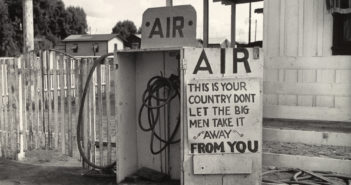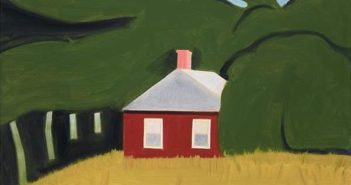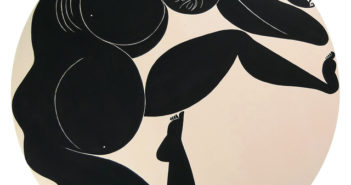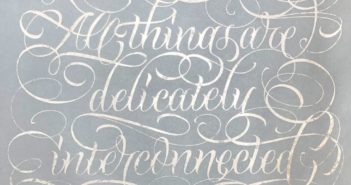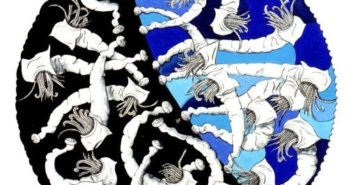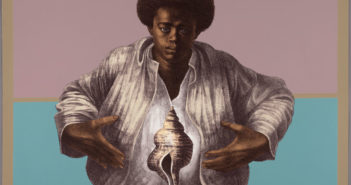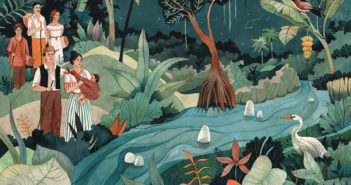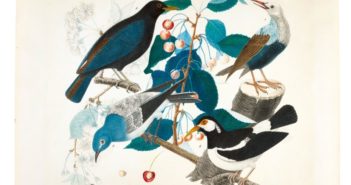
Under the cherry
It’s one of those open-air workshops on a crisp spring day. The fields and wood-groves are studded with painters, right down to the water’s edge. Here and there, respecting each other’s space — men with big hats and French easels; women, in pairs, hunched down in the grass. Some are very much alone and aloof. A woman gives me a frown as I approach.

